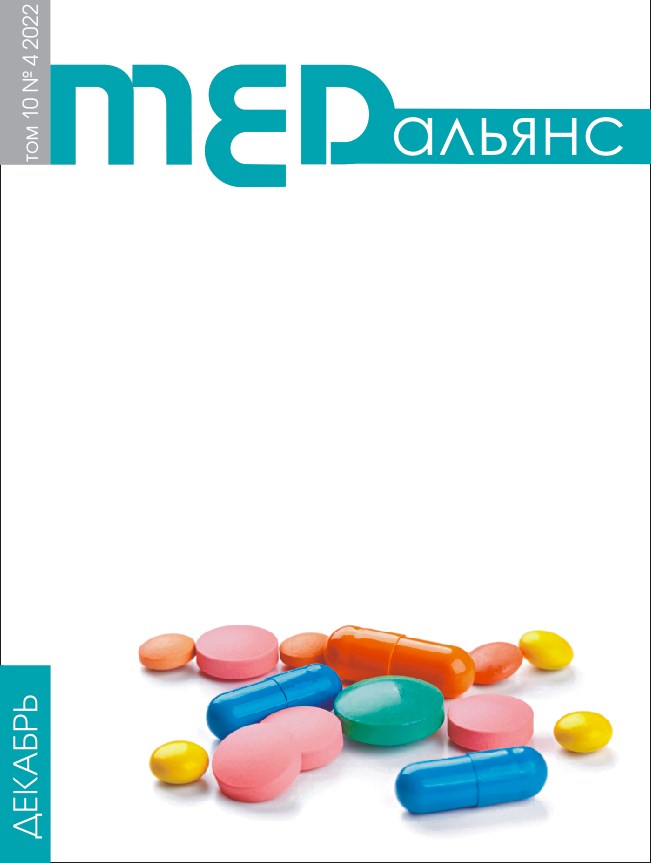Аннотация
В статье представлены современные возможности клеточных и тканеинженерных технологий, которые разрабатываются применительно к урологической патологии в экспериментальной и клинической практике. Описан собственный опыт реконструкции мочевого пузыря кролика тканеинженерной конструкцией. Тканевая инженерия является одной из ведущих тенденций в современной науке и подразумевает разработку методов восстановления или замещения поврежденных структур с применением скаффолдов и клеток. Однако, несмотря на огромный объем публикаций, реконструкция урологических структур освещена довольно скудно. В настоящее время для лечения поврежденных тканей и органов человека все более широкое применение находят биорезорбируемые синтетические полимерные материалы, которые используют в качестве основы для культивирования клеток (Ho M.H. et al., 2006; Shao J. et al., 2012). Зарубежные ученые давно предпринимают успешные попытки создания тканевых аналогов стенки. Материалы и методы исследования. 15 кроликам-самцам породы шиншилла выполнена парциальная резекция мочевего пузыря с имплантацией скаффолдов, содержащих гладкие миоциты с уротелием, фибробласты и мезенхимальные стволовые клетки, а также матрицей без клеток. Результаты исследования. В группе животных, получившей скаффолд с меченными мезенхимными стволовыми клетками, в 5 случаях из 6 произошел лизис матрицы и признаков отторжения имплантата не зафиксировано. Через 2,5 мес после операции емкость мочевых пузырей была сравнима с дооперационной. В месте имплантации визуально определялся участок вновь сформированной стенки мочевого пузыря с признаками васкуляризации. Гистологически выявлены начальные стадии репарации и ангиогенеза. При конфокальной микроскопии криосрезов в месте имплантации обнаружены меченые клетки, принимающие участие в формировании структуры, сходной с уротелием. Во всех случаях имплантации бесклеточной матрицей или скаффолдов, содержащих гладкие миоциты с уротелием и фибробластами, произошло отторжение имплантата с разной степенью выраженности воспалительной реакцией и уменьшением емкости мочевого пузыря. Заключение. Применение тканеинженерной конструкции, состоящей из композитной матрицы и мезенхимных стволовых клеток кролика, оказалось эффективным для реконструкции небольших дефектов мочевого пузыря. Дальнейшая разработка методик создания многокомпонентного трансплантата с использованием аллогенных клеток может способствовать улучшению результатов лечения таких патологий, при которых получение аутологичного материала не представляется возможным. В настоящее время на базе ФГБУ «СПбНИИФ» Мин здрава России выполняется исследование по тканеинженерной аугментации мочевого пузыря, вплоть до тотального его замещения (за счет гранта Российского научного фонда № 22- 25-20167, https://rscf.ru/project/22-25-20167/ и гранта Санкт-Петербургского научного фонда в соответствии с соглашением от 14 апреля 2022 г. № 20/2022).

